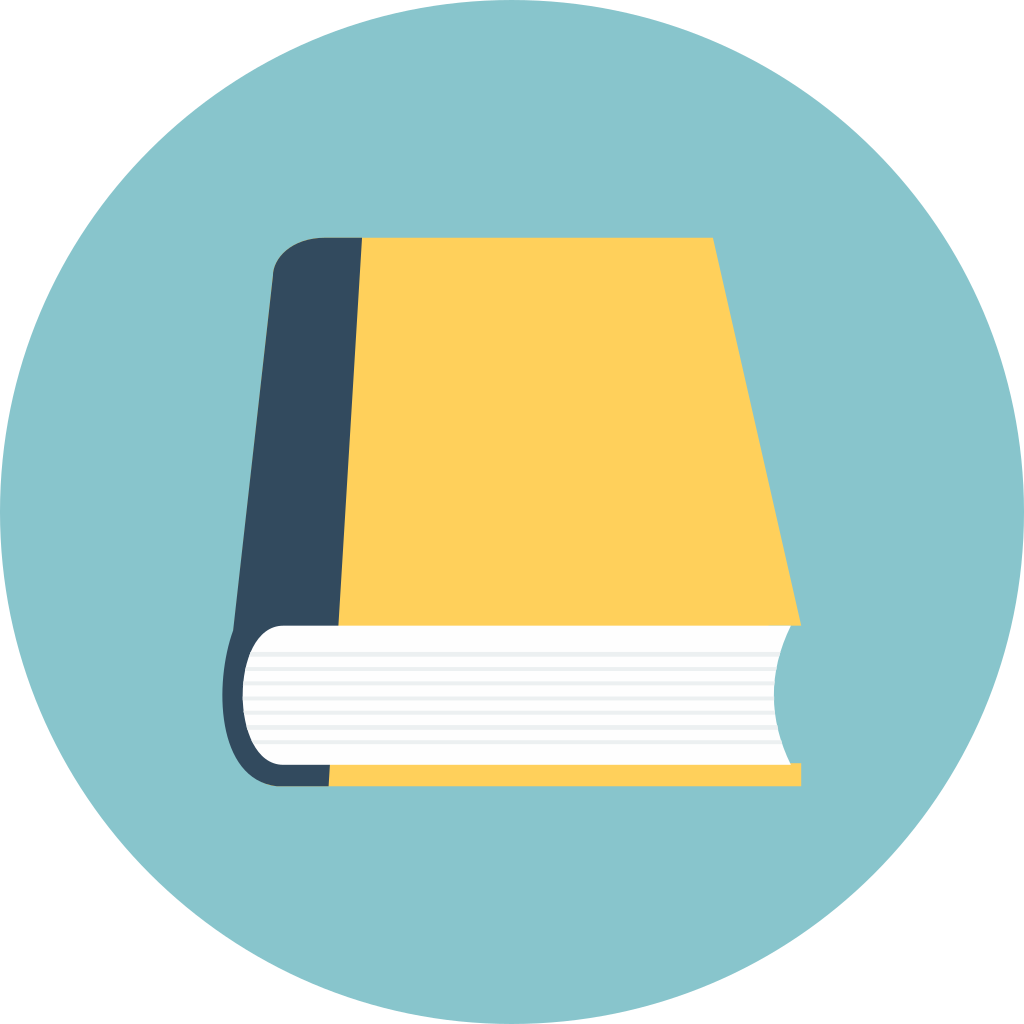I appreciate fiction, but I almost always read nonfiction. It’s probably because I typically choose the books on topics I’m interested in, and I want to learn about them. But I also love the way a great nonfiction writer can weave a narrative so strong that it’s just as much literature as it is journalism.
Some of my favorite examples of nonfiction that do this well: Soul Full of Coal Dust, Toms River, Desert Solitaire (Abbey can be problematic, though, so be warned), The Pine Barrens, This Land, and on and on.
I guess I’m kinda stuck in the environment/nature section these days!


I try to read a healthy mix of both. At any given time, I am usually reading at least one non-fiction and one fiction book simultaneously. These days I have been reading a lot of history and fantasy/science fiction.
I like this approach, but I have trouble with simultaneously reading anything with much length, so I try to alternate between fiction and non.
It usually doesn’t give me any trouble. I have run into issues where I was reading non-fiction about the Napoleonic Wars and also a historical fiction book about naval warfare during the Napoleonic Wars. As one might guess, I had trouble remembering what actually happened and what was fiction. As long as I avoid situations like that I’m usually okay, hah.
Lol my reading addiction on the other hand is anything but “healthy”
What good history non fiction have you read recently? I’m always in the market for more
Sorry for the late reply, but I recently read Pacific Crucible by Ian Toll about WWII at sea in the Pacific. It is an excellent narrative telling of the entry of the United States into World War II with plenty of background information about naval sea power and the wide reach of Alfred Thayer Mahan’s book, The Influence of Sea Power Upon History. He explains that naval battle strategies that had not changed significantly for hundreds of years were forced to be reconsidered after the rise of the airplane. From there, we arrive at the Japanese attack on Pearl Harbor, which Toll paints in vivid detail. Like the subtitle says, Toll very closely follows the “War at Sea in the Pacific, 1941-1942” without a single misstep. I thoroughly enjoyed it.